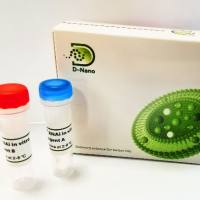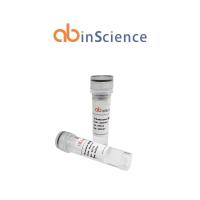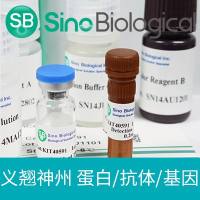In Vitro Construction of 2D and 3D Simulations of the Murine Hematopoietic Niche
互联网
673
Hematopoietic stem cells (HSC) undergo multilineage differentiation or self-renewal to maintain normal hematopoiesis and to sustain the size of the HSC pool throughout life. These processes are determined by a complex interplay of molecular signals between HSC and other cellular components such as osteoblasts (OB), stromal cells, endothelial cells, and a number of extracellular matrix (ECM) proteins. Through changes in its physical properties within the bone marrow (BM) microenvironment, collagen, which is one of the most critical ECM proteins, can modulate HSC function and maintenance of the competence of the hematopoietic niche (HN). At present, there is no consensus as to how different cellular elements of the niche collaborate and interact to promote HSC self-renewal or differentiation to maintain hematopoiesis. Deciphering these interactions and the impact of mechanical properties of the collagen microstructures within the HN has critical clinical implications in the areas of stem cell homing, engraftment, and maintenance of HSC function. In this chapter, we describe several of the in vitro methodologies for establishing and maintaining HSC in vitro including the isolation of OB, stromal cells, and hematopoietic progenitor cells, as well as the establishment of both two-dimensional (2D) and three-dimensional (3D) coculture systems.









